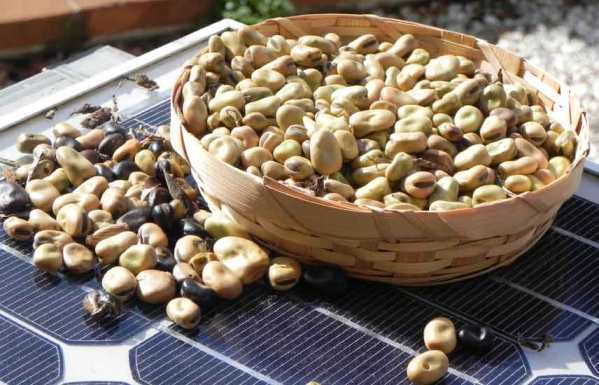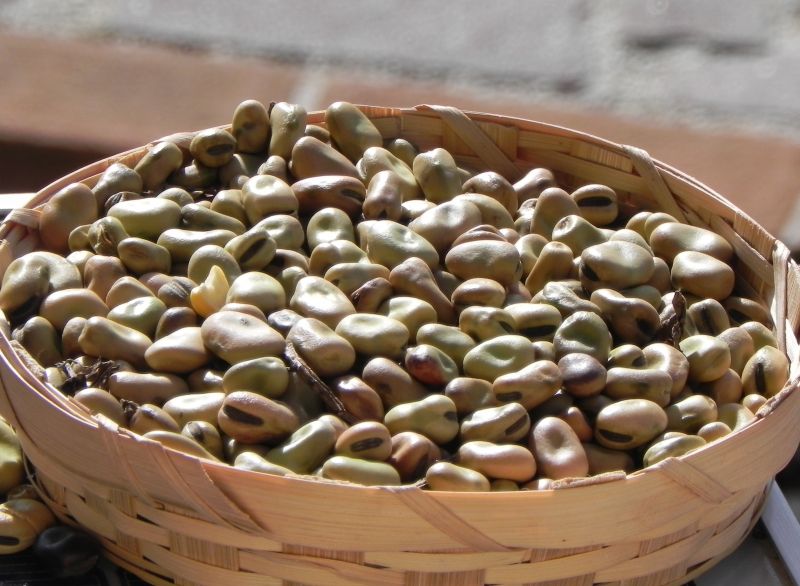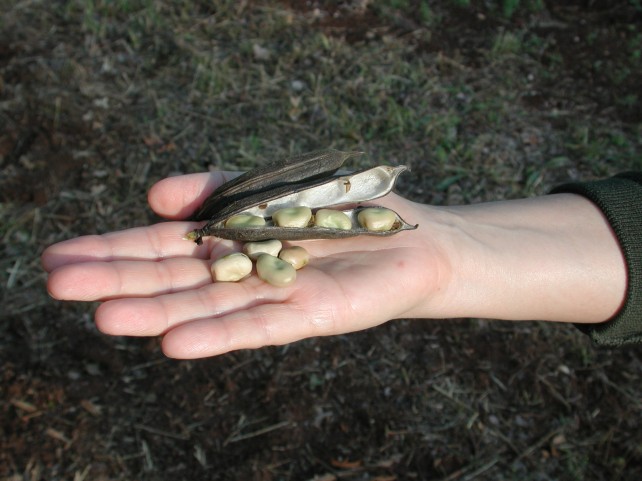
Cottora Broad Beans
This post is also available in:
 Italiano (Italian)
Italiano (Italian)
Cottora broad beans cook well, quickly and are easier to digest than other varieties. They’re grown in the Armerino area, in southern Umbria (among Terni, Amelia and Orvieto). They’re also known as “half broad beans” due to their small size. These beans grow on clayey soils without limestone, and that makes them very soft while peeling before cooking is not necessary.
Cottora broad beans are sown in the first days of November, planting 3 to 7 seeds in the “postarelle”, that is, suitable holes. Harvesting takes place in July when the plants are completely dry. Then they’re left to dry again for a couple of days before the manual beating to make seeds come out of the pods.
The seeds are sifted, as per the local tradition, in special sieves called “corvelli”, then they’re painstakingly selected. Added with garlic cloves, they’re eventually stored in glass jars.
This type of broad bean is still grown in the local vegetable gardens by some fifty families who strive to keep this centuries-old farming tradition alive.
Cottora broad beans are officially acknowledged as a Slowfood Presidium and can be enjoyed in many different ways: seasoned with extra virgin olive oil, salt, pepper and fresh onion, or sautéed in a pan with tomatoes and onions.
The recipe for broad bean mash is seasoned with extra virgin olive oil, salt, and it’s also ideal for preparing “bruschetta” appetizers. But the most traditional local dish is “striscia con le fave“ (“strip with broad beans”), which is usually eaten upon slaughtering pigs: boiled broad beans are seasoned with the fat coming from the melted pig entrails, that is, a long strip of fat.
This post is also available in:
 Italiano (Italian)
Italiano (Italian)
Contatti
Guardea(TR)




